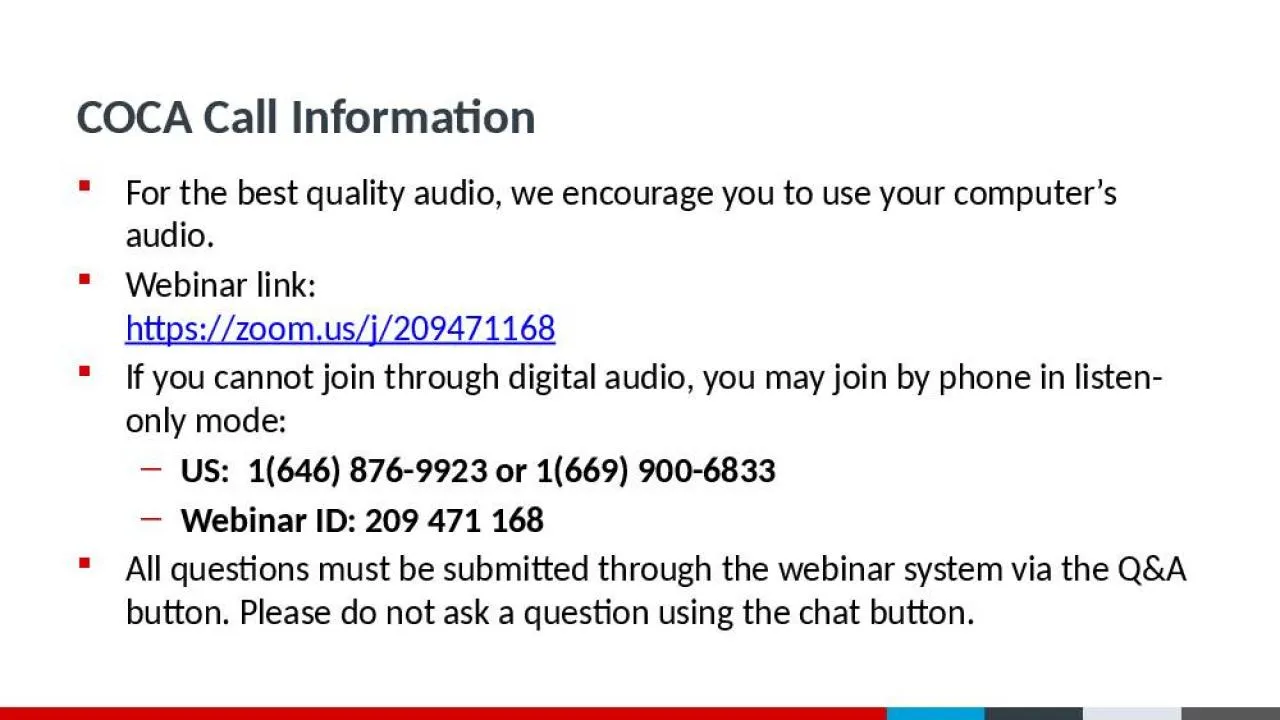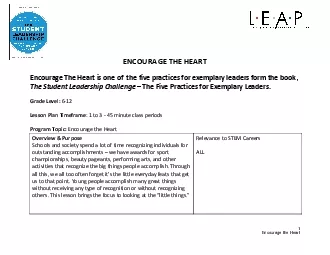PPT-COCA Call Information For the best quality audio, we encourage you to use your computer’s
Author : eliza | Published Date : 2022-02-12
Webinar link httpszoomusj209471168 If you cannot join through digital audio you may join by phone in listenonly mode US 1646 8769923 or 1669 9006833 Webinar ID 209
Presentation Embed Code
Download Presentation
Download Presentation The PPT/PDF document "COCA Call Information For the best quali..." is the property of its rightful owner. Permission is granted to download and print the materials on this website for personal, non-commercial use only, and to display it on your personal computer provided you do not modify the materials and that you retain all copyright notices contained in the materials. By downloading content from our website, you accept the terms of this agreement.
COCA Call Information For the best quality audio, we encourage you to use your computer’s: Transcript
Download Rules Of Document
"COCA Call Information For the best quality audio, we encourage you to use your computer’s"The content belongs to its owner. You may download and print it for personal use, without modification, and keep all copyright notices. By downloading, you agree to these terms.
Related Documents














